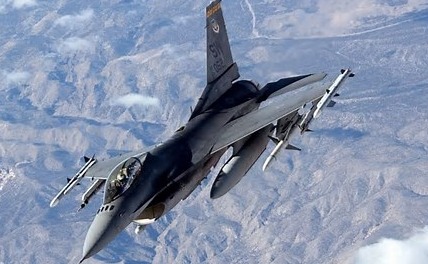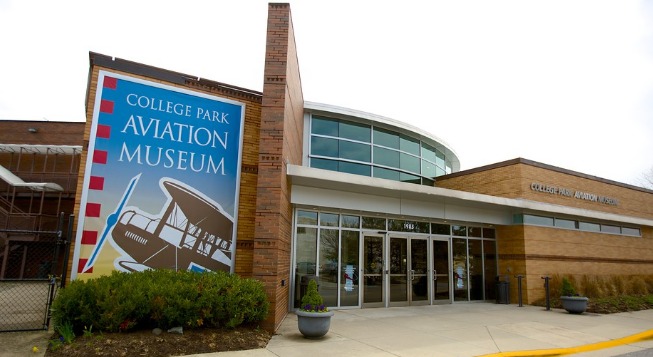WTOP: On Sunday afternoon, as an F-16 fighter jet out of Joint Base Andrews scrambled to intercept a non-responsive plane over the D.C. area, its sonic boom shook homes and alarmed residents from Gambrills, Maryland, to Woodbridge, Virginia, and throughout the District.
Many thought it was an earthquake, an explosion — or something worse. After the loud rumble, WTOP’s newsroom and social media was flooded with messages from concerned listeners throughout the region.
“I felt the sonic boom or the shake earlier today, I didn’t know what it was I thought maybe something fell on the house or something,” one caller from Glen Burnie, roughly 40 miles from Andrews, told WTOP on Sunday.
Another caller told WTOP that they heard the boom in Fairfax Station.
As information came in, it became clear the loud ‘boom’ that briefly put the area on alert was, itself, no cause for alarm. But while investigators work to reconstruct what happened to the ill-fated Cessna jet and its passengers, many in the area remain curious how the sonic boom from the pursuing F-16 was heard so widely.
What is a sonic boom?
When an object such as an aircraft exceeds the speed of sound, approximately 750 mph within the Earth’s atmosphere varying with temperature, molecules of air aren’t able to get out of the way of the traveling object, which creates the vibrational shock wave we recognize as the “sonic boom.”
A sonic boom can sound different, depending on the object, its size and its altitude in the atmosphere. For instance, a bullet fired from a gun, or a whip snapping both exceed the speed of sound and make a brief, high-pitched cracking sound when heard close up.
In the case of airplanes, their size and, due to changes in atmospheric pressure, the high altitude at which they cross the sonic threshold greatly magnifies the sound that we on the ground perceive as the “boom.”
Why Sunday’s boom could be heard all over
The FAA and other regulatory agencies have rules about when and where an aircraft is permitted to cross the sonic barrier. In fact, most commercial aircraft are not allowed to cross that threshold. Military aircraft are typically instructed to avoid populated areas when crossing the sonic threshold, commonly known as Mach-1. This is to prevent negative effects on the population below.
In the case of Sunday’s boom, likely due to the urgency of intercepting a stray Cessna, the F-16 likely hit supersonic as soon as it had clearance from Andrews, even though it was directly above populated areas.
We don’t know the exact flight path of the F-16, but according to NASA, the planes altitude can extend “the sonic boom carpet,” meaning the area on the ground where the sound can be heard.
For every thousand feet of elevation, the sonic boom can be heard for an extra mile. So if a plane is traveling at 30,000 feet, the boom can be heard for a radius of 30 miles.
Some on the ground even reported hearing two ‘booms’. That is because the aircraft creates two cones of air pressure that cross the sound barrier: one for the nose and one for the tail.










